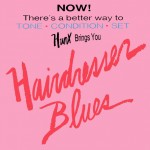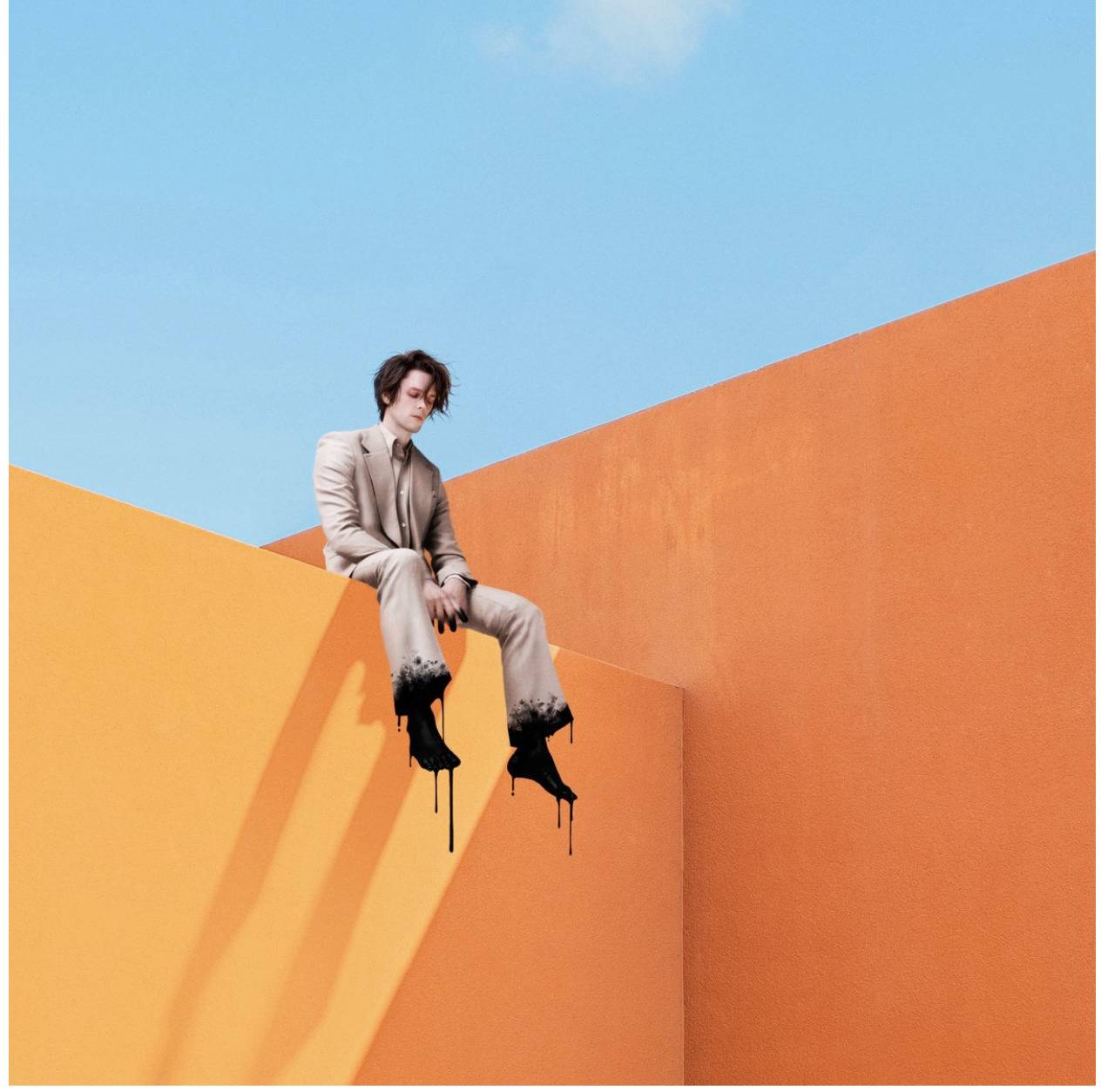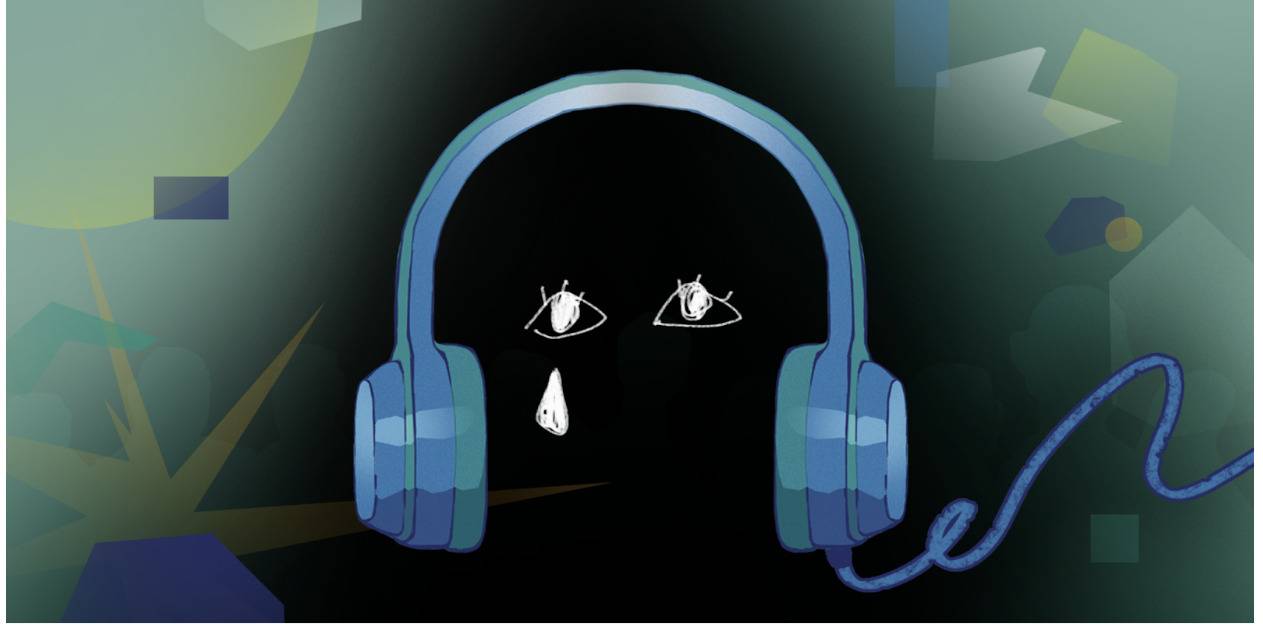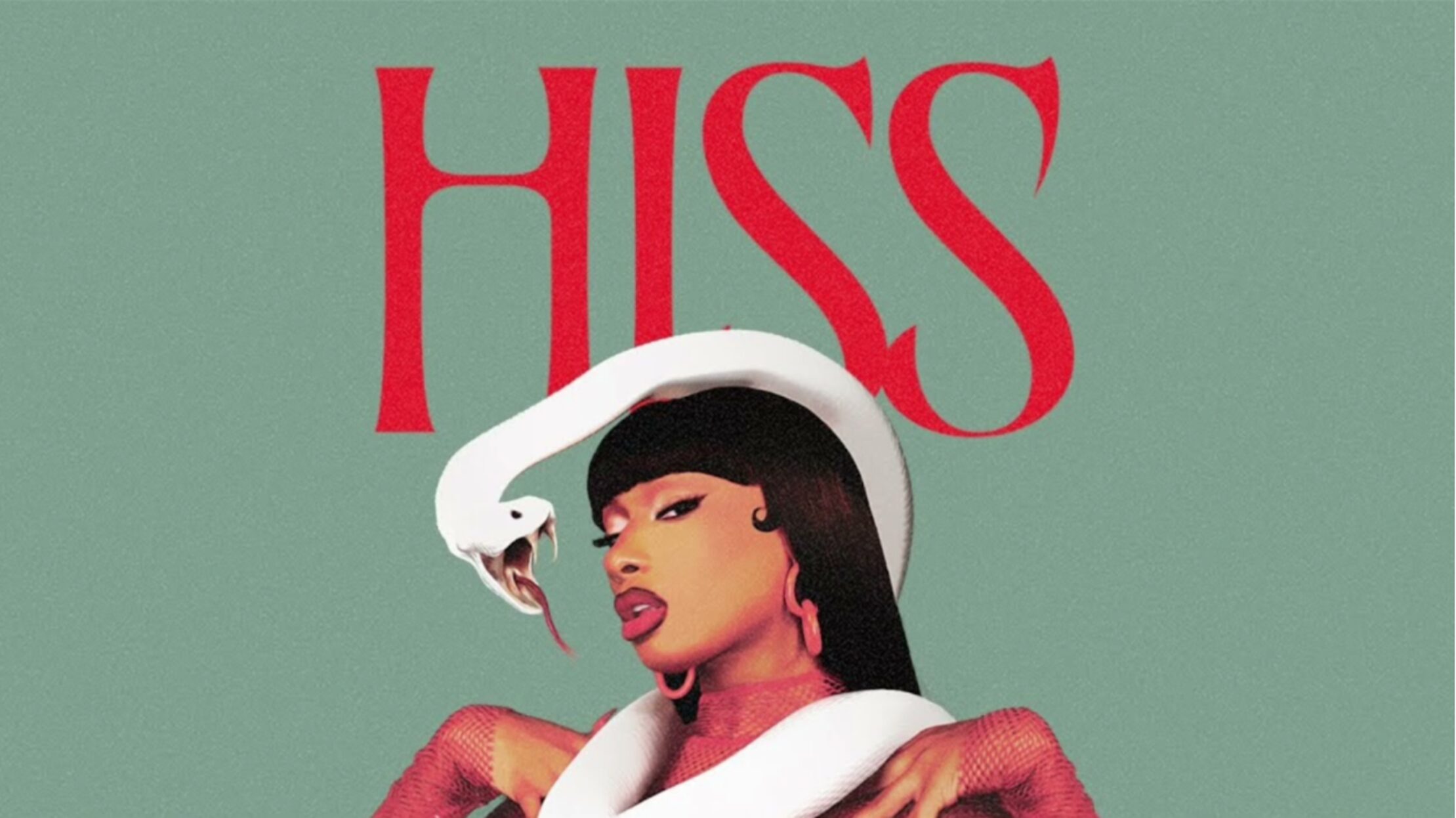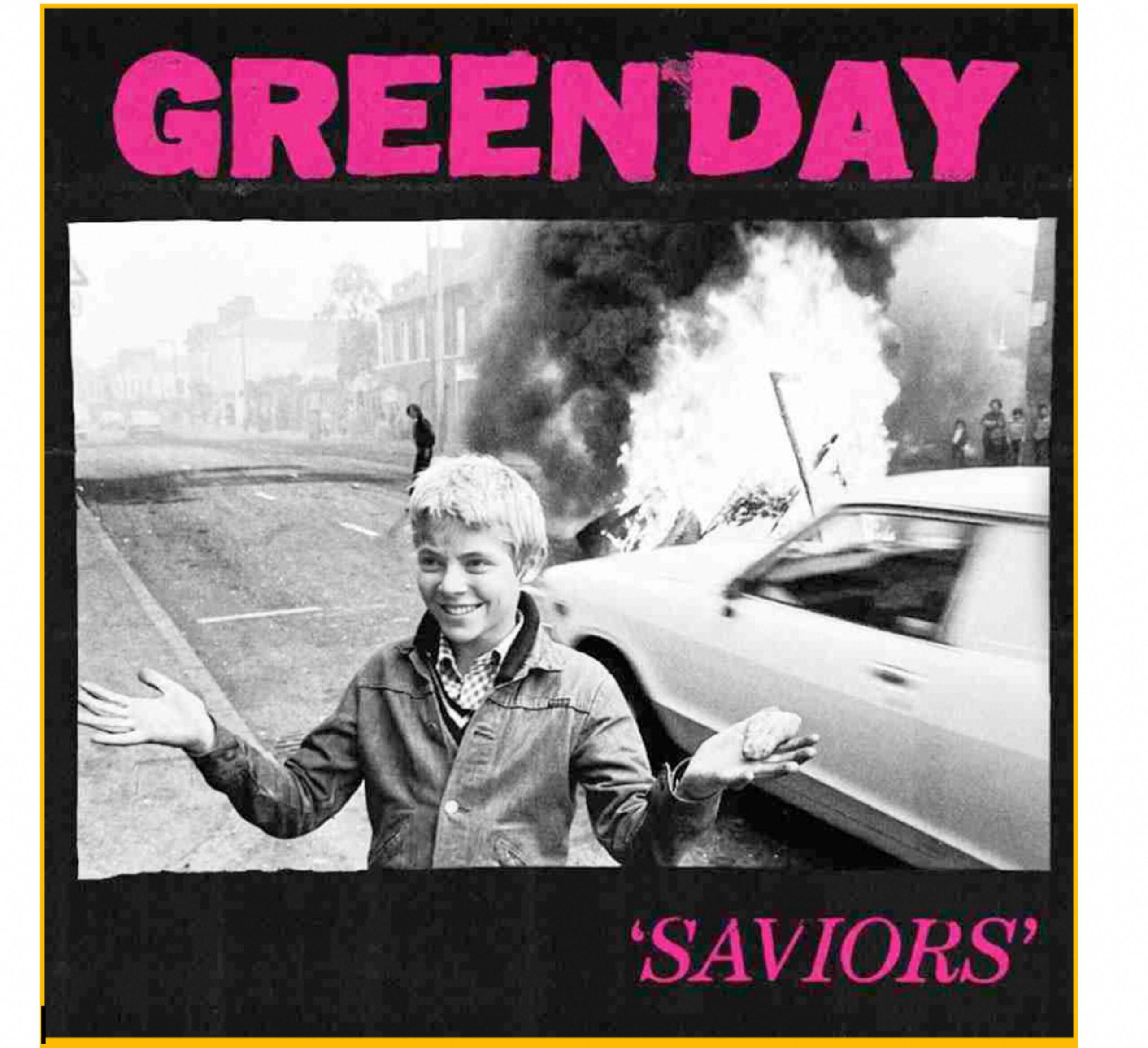
Where has jazz gone? The once-vibrant, pulsing soundtrack of artful innovation has lost its way. Jazz’s influence is waning fast – there are more tuxedo-clad Wynton Marsalises on the Lincoln Center stage than young artists putting their blood and tears into this dynamic art form.
While jazz will never die, this playlist is designed to remind listeners of its dynamic power. The songs here swing and sob, cry up and cry out, cut and bleed. They just might help reawaken a dormant creative spirit in any artist hungry for inspiration.
TRANSCENDENT
Grachan Moncur III
Evolution
Blue Note, 1963
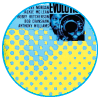
Grachan Moncur III is the best trombonist you’ve never listened to – primarily because he played trombone. Aside from that devastating setback, he was also overlooked because he fought health problems and licensing issues his whole career. In the 1960s he wrote and recorded some of the most transcendent post-bop jazz of the period. This track captures his playing and compositional skills at their best. He leads an all-star group through a song with so many tempo and melodic changes it’s difficult to keep up. Moncur’s melodic beauty draws you in, but there’s also a wild, subversive undertone to the song’s structure.
Jaga Jazzist
One-Armed Bandit
Ninja Tune, 2010

The best and worst thing about contemporary jazz is how modern composers tend to chase modern trends. Jaga Jazzist are a Norwegian group that does not shy away from showing their electronic music influences. Yet they stray far from their roots as a live combo and write sprawling compositions that combine elements of Kraftwerk and J.S. Bach with a free-wheeling jazz sense that’s undeniably their own.
HOT
Chick Corea
Trio Music, Live in Europe
EMC, 1984
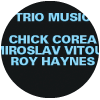
This song is an ideal analogue for the creative process in any medium. The artists spend a lifetime learning their craft and honing their chops, until, when the time comes, all the years of training and expertise guide their hands in wild passionate moments of spontaneity and creativity. If the result is anywhere near as beautiful as this song, it is safe to say they’ve created a work of art.
Duke Ellington
Money Jungle
United Artists Records, 1963

A classic tune that has been covered by countless artists, my vote for the best version goes to the composer himself. Ellington is best known for his work writing and conducting but he was also an extraordinary piano player in his own right. This record captures him in a tight trio with one of the greatest rhythm sections in history (Charles Mingus and Max Roach). This raw and emotional version is the standard that sets the standard.
McCoy Tyner
The Real McCoy
Blue Note, 1967
This wild, reeling track is the superb example of jazz willing the creative spirit to life. It’s easy to imagine grins splitting the faces of Tyner and his superstar band as they blast through this composition. Each musician plays a game of one-upmanship as they try to top the improvisation of the solo before. It’s fast, exciting and if it doesn’t get your foot a-tappin, time to try religion.

COOL
Freddie Hubbard
Hub-Tones
Blue Note, 1962

The sentimentality of this track can be deceptive. It exists in the grand tradition of “cool jazz” that is perfect for candlelit dinners and sensual bubble baths. Listen more closely, however, and you’ll hear some of the most sublime trumpet playing ever recorded. Freddie Hubbard’s crisp, clear and cool tone is your gentle escort toward exquisite emotional absolution.
Donald Byrd
Electric Byrd
Blue Note 1970
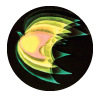
In the 1960s, jazz, like most other things, got weird. The psychedelic furor that dominated the counter-culture inspired a bright moment in the jazz world with Electric Byrd. “Essence,” like the rest of the album, is languorously paced. It invokes patience and meditative contemplation in listeners, but spiritual bliss is something worth waiting for.
Avishai Cohen
At Home
Sunnyside, 2005
Something about the bass seems to draw the most cerebral of jazz musicians. Avishai Cohen is one contemporary example, making his case to stand alongside players like Charles Mingus and Charlie Haden. On “Remembering” Cohen plays a little game: He masks his simple bass line behind a lovely piano melody. But as the song progresses he sneaks out little by little until he has taken over. Soon Cohen is soloing aggressively as the piano fades to nothing. In the final bar, the piano returns and Cohen hides again – a reminder of how far you’ve traveled.

MEDITATIVE
Pat Metheny
Bright Size Life
EMC, 1975
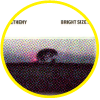
Jazz can be unbridled like Tyner’s “Passion Dance” or it can be elegant and restrained like this choice track from Pat Metheny. Some consider this the song that launched a thousand smooth jazz careers, but don’t let the countless hacks who ripped off the sound dissuade you. Metheny is smooth and sensual yet his supurb play offers the vibrant improvisational expertise that makes great jazz timeless.
Jim Hall
Concierto
CTI, 1975
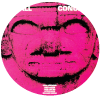
Few guitar players have left their mark on the history of jazz, particularly puzzling considering the instrument’s dominance in popular music during the same time. Jim Hall is one the greatest unheralded jazz guitar players. This record is his opus and his play on opener, Cole Porter’s “You’d Be So Nice to Come Home To,” demonstrates Hall at his best. Hall’s crisp, clean lines that are inventive and never sit still.
Miles Davis
Miles Smiles
Columbia Records, 1966
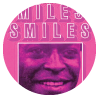
Miles Davis was cool for over 50 years. That’s Picasso-esque longevity. Choosing a favorite era from a man who reinvented his sound countless times (while the world struggled to keep up) is a challenge. My vote goes to the young and wildly creative “second Miles Davis Quintet.” Together they reinvigorated Davis’ sound and recorded legendary tracks like this one. As the soundtrack of a music scene in turmoil, the sonorous melodies of bebop linger, but rumbling just underneath is a wild rhythmic duet threatening to spiral out of control.
Thelonious Monk
Monk’s Music
Riverside, 1957

No composer or performer had a more distinctive sound than the inimitable Thelonius Monk. He was an iconoclast in dress, manner and composition, laying claim to his own unique style – even his dancing is a sight to behold. “Epistrophy” is the Monkiest of all his compositions. It offers the delicate harmony of a craftsman at his best while also providing the delightful weirdness that is all Monk.
[pdf title=”A Thirst for Sharps and Flats”]
 Condensed Playlist
(hear it on spotify)*
Condensed Playlist
(hear it on spotify)*
- Essence Donald Byrd :: Electric Byrd :: Blue Note, 1970
- Caravan Duke Ellington with Charles Mingus and Max Roach ::
Money Jungle :: United Artists Records, 1963 - Toccata Jaga Jazzist :: One-Armed Bandit :: Ninja Tune, 2010
- Passion Dance McCoy Tyner :: The Real McCoy :: Blue Note, 1967
- You’re My Everything Freddie Hubbard :: Hub-Tones :: Blue Note, 1962
- Freedom Jazz Dance Miles Davis :: Miles Smiles :: Columbia Records, 1966
- Epistrophy Thelonious Monk :: Monk’s Music :: Riverside, 1957
- Bright Size Life Pat Metheny :: Bright Size Life :: EMC, 1975
- Air Raid Grachan Moncur III :: Evolution :: Blue Note, 1963
- You’d Be So Nice to Come Home To Jim Hall :: Concierto :: CTI, 1975
- Remembering Avishai Cohen :: At Home :: Sunnyside, 2005
- Mirovisions Chick Corea :: Trio Music, Live in Europe :: EMC, 1984

